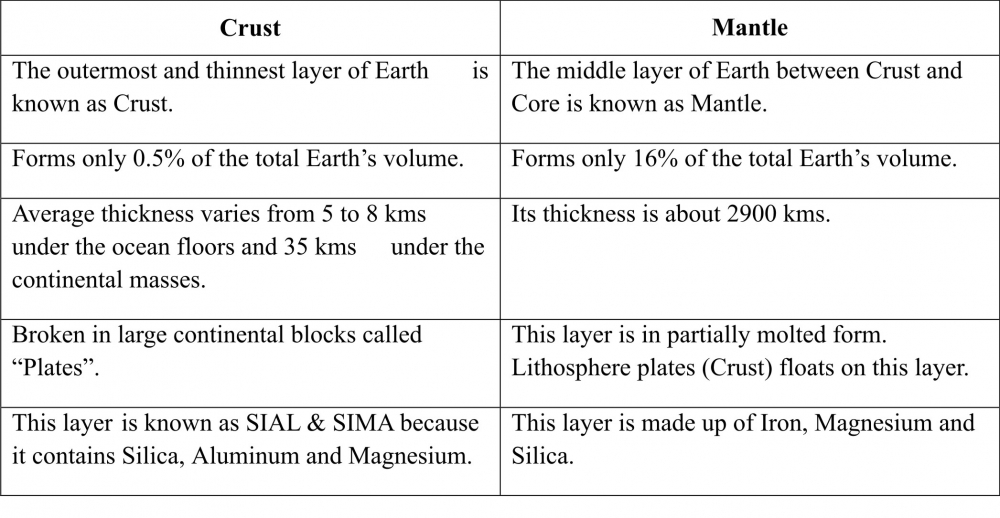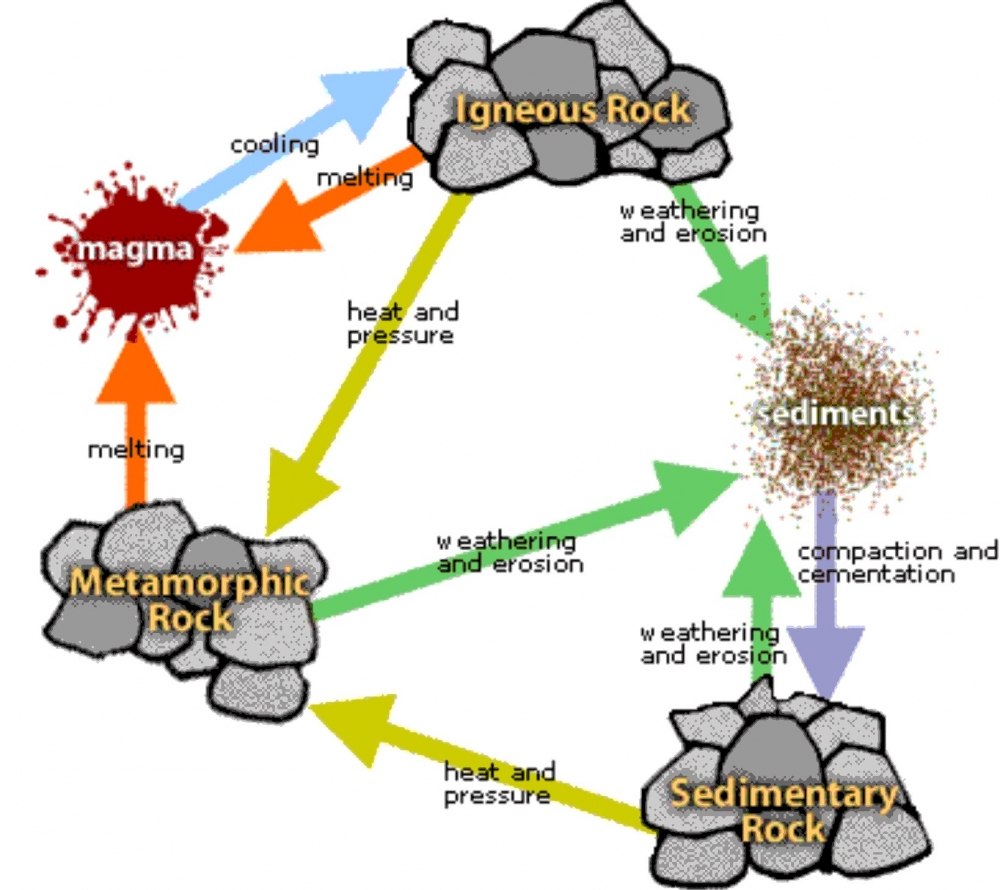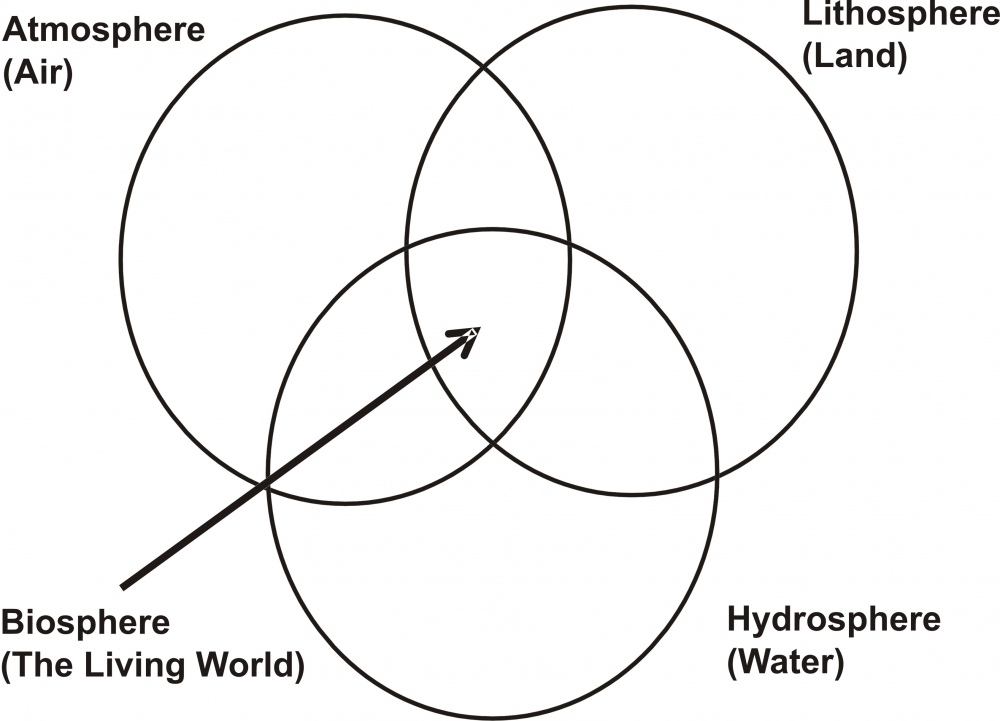SA-I (Answer Key - Geography) Class VII
Multiple choice questions:
Q1. .............. environment consists of plants, animals and human beings. (1)
(a) Abiotic (b) Chemical (c) Human (d) Biotic
Ans: (d) Biotic
Q2. "NIFE" is related to which layer of the earth? (1)
(a) Core (b) Mantle (c) Crust (d) Mountains
Ans: (a) Core
Very short answer questions:
Q3. Study of relationship between living organisms and their surrounding is called? (1)
Ans: Study of relationship between living organisms and their surrounding is called Ecology.
Q4. Fossil fuels are found in which type of rocks? (1)
Ans: Fossil fuels are found in Sedimentary rocks.
Q5. What is oceanic crust called? (1)
Ans: The ocean crust is called SIMA.
Short answer questions:
Q6. What is lithosphere? Why it is important? (2)
Ans: The hard outermost solid layer of the earth which is made up of rock material is called crust. This solid crust of the earth is called Lithosphere. On this lithosphere we find different landforms such as the mountains, plateaus and plains. It provides us land where we live and also, it is a great source of vegetation, wildlife and mineral wealth. The crust is covered by a thin layer of soil which is of great importance for life. Lithosphere provides us the three basic necessities of life, i.e. Food, Cloth and Shelter.
Q7. Distinguish between: Crust and Mantle. (2)
Ans:

Q8. Define the terms: (a) Focus (b) Epicenter (2)
Ans:
(a) Focus: The point of origin of an earthquake is called its Focus.
(b) Epicenter The point directly/vertically above the focus on the earth's surface is known as Epicenter.
Medium answer questions:
Q9. What is igneous rock? Write its main features. (3)
Ans: The word 'Igneous' is derived from Latin word "Ignis" meaning "Fire". This is also called Primary rock. These are the first rocks to be formed and are known as the ancestors of all the rocks. Igneous rocks are the hardest rocks available and it is formed by cooling and solidification of the Lava coming out from the interior of the Earth's interior. E.g. Granite, Basalt, etc. Igneous rocks are of two types:
(a) Solidification of rocks below the earth's surface is known "Intrusive rocks".
(b) The magma which reaches the earth's surface and gets solidified is known as "Extrusive Rocks".
Features of igneous rocks are:
1. These rocks do not form layers.
2. They contain crystals of varying sizes.
3. They do not contain fossils.
Q10. Describe the rock cycle with a suitable diagram. (3)
Ans: Rocks undergo a cycle of transformation. Change into sedimentary rock or into metamorphic rock. Sedimentary rock can change into metamorphic rock or into igneous rock. Metamorphic rock can change into igneous or sedimentary rock. Hence, this cycle of change from one type of rock to another is called 'rock cycle'.
Rocks are continually being formed, destroyed and reformed due to changing weather conditions and forces of nature (eg. Wind, river, glaciers, earth movements, etc.)
Q11. Explain the types of volcanoes? (3)
Ans: Natural openings in the earth's crust through which molten materials, rocks, ashes, gases, etc are thrown out are called 'Volcanoes'. Volcanoes are classified into three types:
(a) Active Volcanoes: These volcanoes erupt frequently and give out gases, ash, lava, etc. e.g. Mt. Etna in Italy.
(b) Dormant Volcanoes: These are also known as 'Sleeping Volcanoes'. They erupt after a very long time. E.g. Mt. Vesuvius in Italy.
(c) Extinct Volcanoes: These are also known as 'Dead Volcanoes'. They have been inactive since a very long time. E.g. Mt. Kilimanjaro in East Africa.
Long answer questions:
Q12. With a suitable diagram write a note on the domains of the earth. (5)
Ans:
Lithosphere: The solid crust of the earth is called Lithosphere.
Hydrosphere: The water bodies on the earth's surface together form the Hydrosphere.
Atmosphere: The layer of air around us is called Atmosphere.
Biosphere: The living world where land, water & air interact with each other to support life is called the Biosphere.
Plant and animal kingdom together make Biosphere or the living worlds. It is a narrow zone of the Earth where Air (Atmosphere), Water (Hydrosphere) and Land (Lithosphere) interact with each other to support life. All the three spheres are equally important for the existence of life or the Biosphere.
Q13. Explain the following. (5)
(a) Aggradation (b) Endogenis forces (c) Tectonic plates (d) Delta (e) Meanders
Ans:
(a) Aggradation: The process of depositing the eroded material is called aggradation.
(b) Endogenic Forces: Forces which are working in the interior of the earth leading to earth movements, earthquakes and volcanic eruption are known as endogenic forces.
(c) Tectonic Plates: The crust of the earth is broken into a number of large and small plates known as the Tectonic Plates or the Lithospheric plates.
(d) Delta: The network of distributaries forming a triangular shaped feature on the river mouth is known as delta.
(e) Meanders: Curves and large bends or loops formed by rivers in the plains are known as meanders.
-----x-----X-----x-----

There are no published comments.
New comment